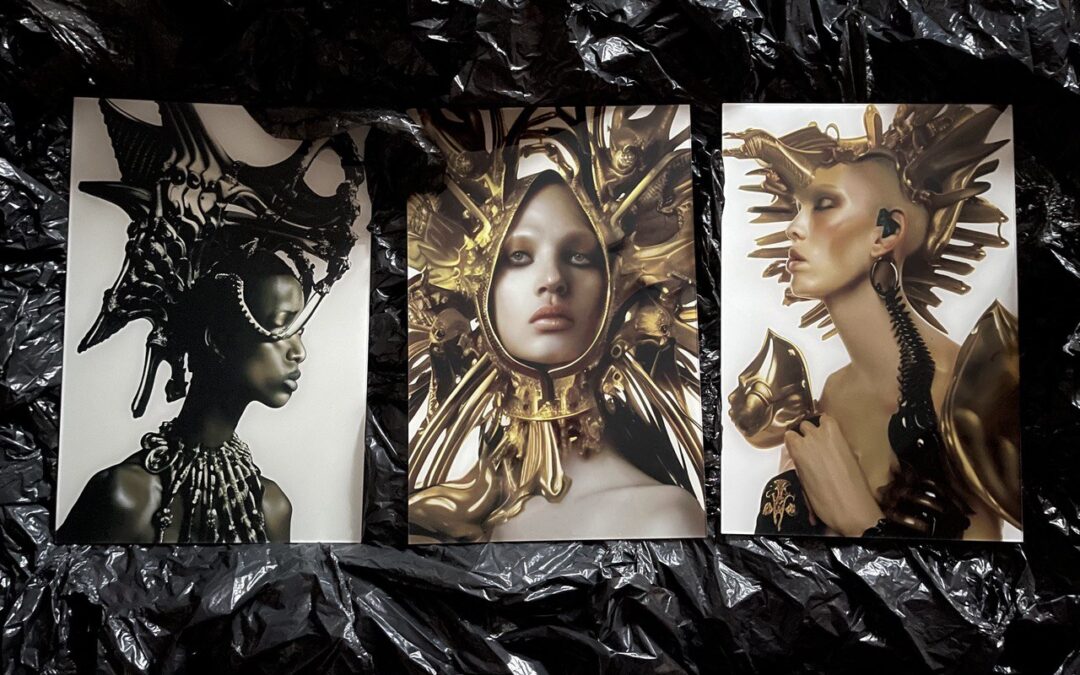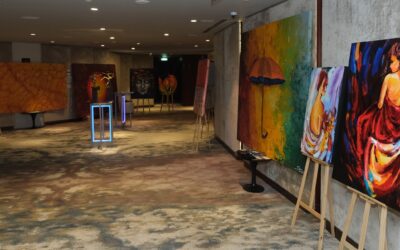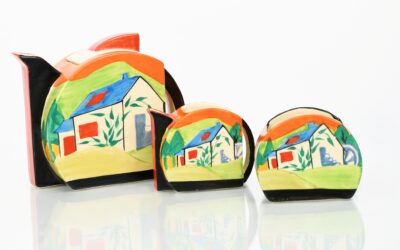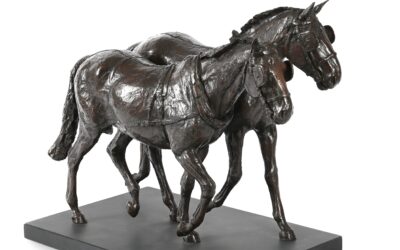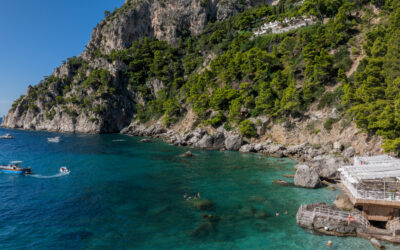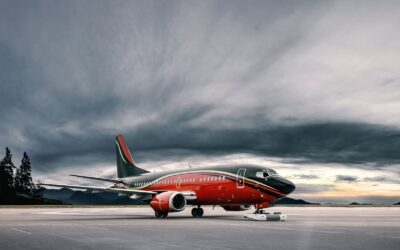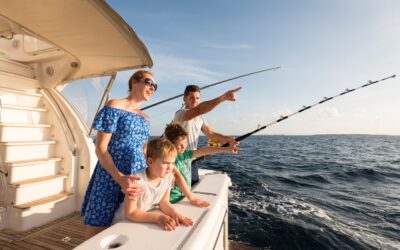Alfred Stoll is an ethnic German born in Kazakhstan in 1993. The first art education Alfred received in a small town in the Caspian lowlands of Russia, then studied architecture at the State University in Astrakhan. After moving to Germany in 2017, the artist has been involved in art since 2020. Artist’s work has been exhibited in various galleries, including the first solo exhibition ‘Red point’ at Rote Galerie in 2021 and the solo exhibition ‘Metamodern Grotesk’ at the Haus des Deutschen Ostens in Munich in 2022. The exhibition was also part of the Long Night of Museums in Munich. Alfred Stoll also produced the first works as NFTs at Open Sea and took part in the art programme “shift/walls 2022” – an open atelier and exhibition space project from the Kunsthaus Nuremberg. From December 2022 to January 2023, part of the Metamodern Grotesk exhibition was exhibited in the artist’s house.
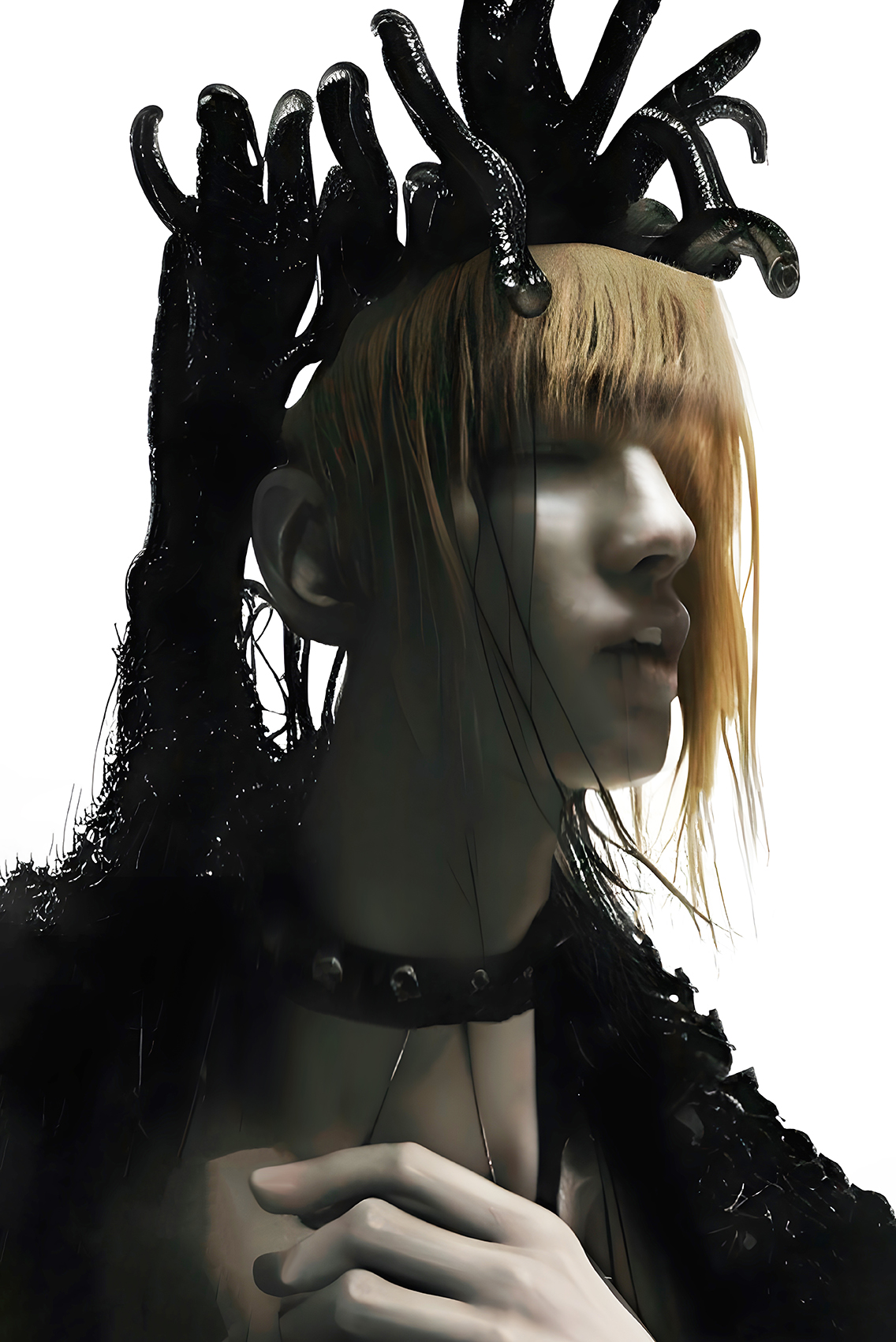
What’s your artistic background?
I come from a diverse background that includes architecture, industrial design, and interior design. I’ve also explored various artistic mediums and techniques, ultimately finding my niche as a digital artist specializing in New Media. This journey has allowed me to experiment with different creative approaches and develop a unique artistic style.
What’s integral to the work of an artist?
Authenticity and innovation are crucial in an artist’s work. It’s about expressing your unique perspective on the world, whether through traditional techniques or cutting-edge technology. Embracing novelty while respecting the cultural and artistic heritage is essential to create impact full and meaningful art.
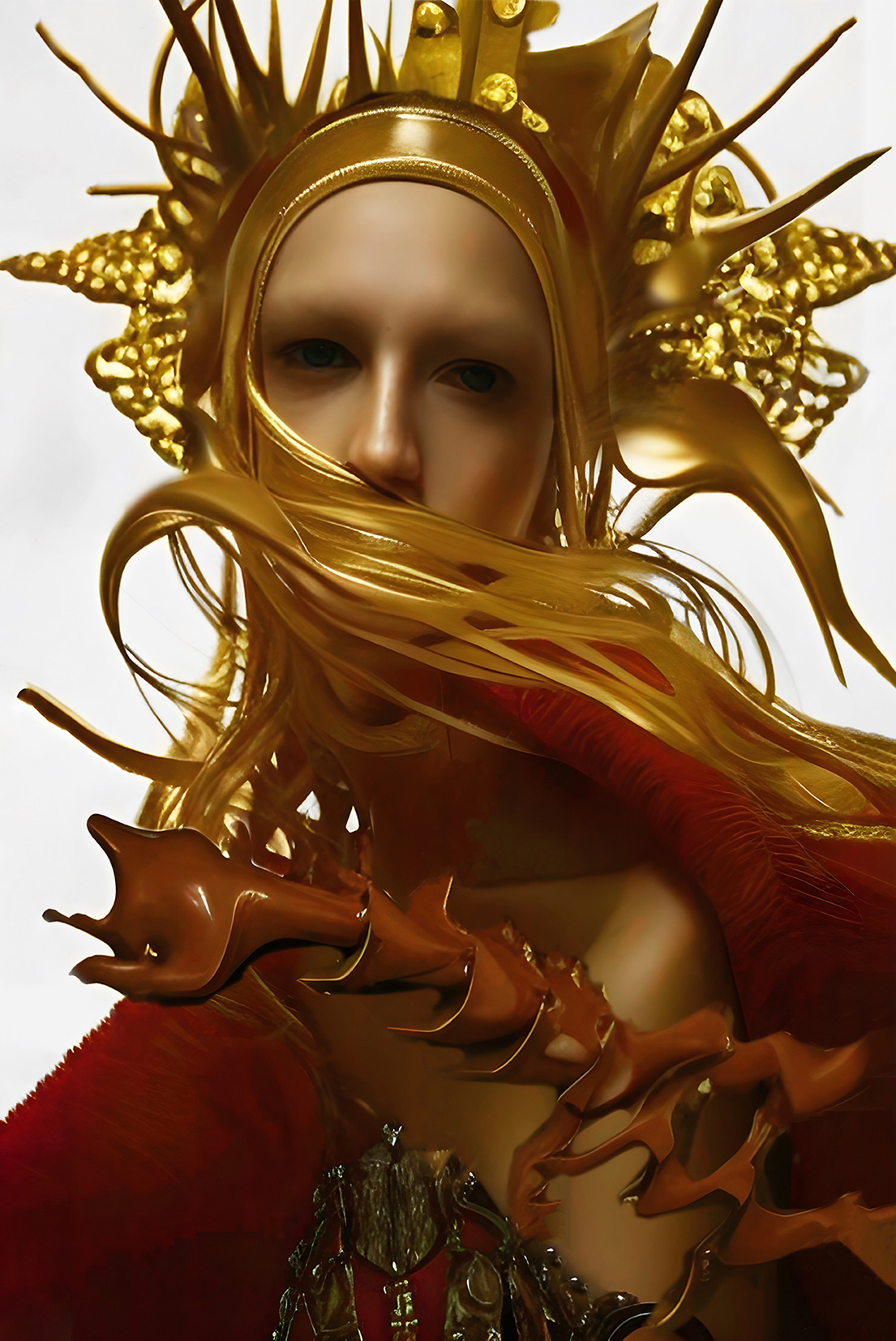
What role does the artist have in society?
Artists play a multifaceted role in society. They are not only cultural contributors but also catalysts for change. Artists can challenge societal norms, provoke thought, and encourage empathy through their creations. By offering new perspectives, artists contribute to the evolution of culture and provide a lens through which we can view the world.
What art do you most identify with?
I identify most strongly with digital art that blends elements of Metamodernism. I enjoy playing with post-irony, sensuality, tenderness, and the grotesque. My work often involves integrating pieces from different eras, creating a fusion of classical and modern influences that reflects the complexity of contemporary society.
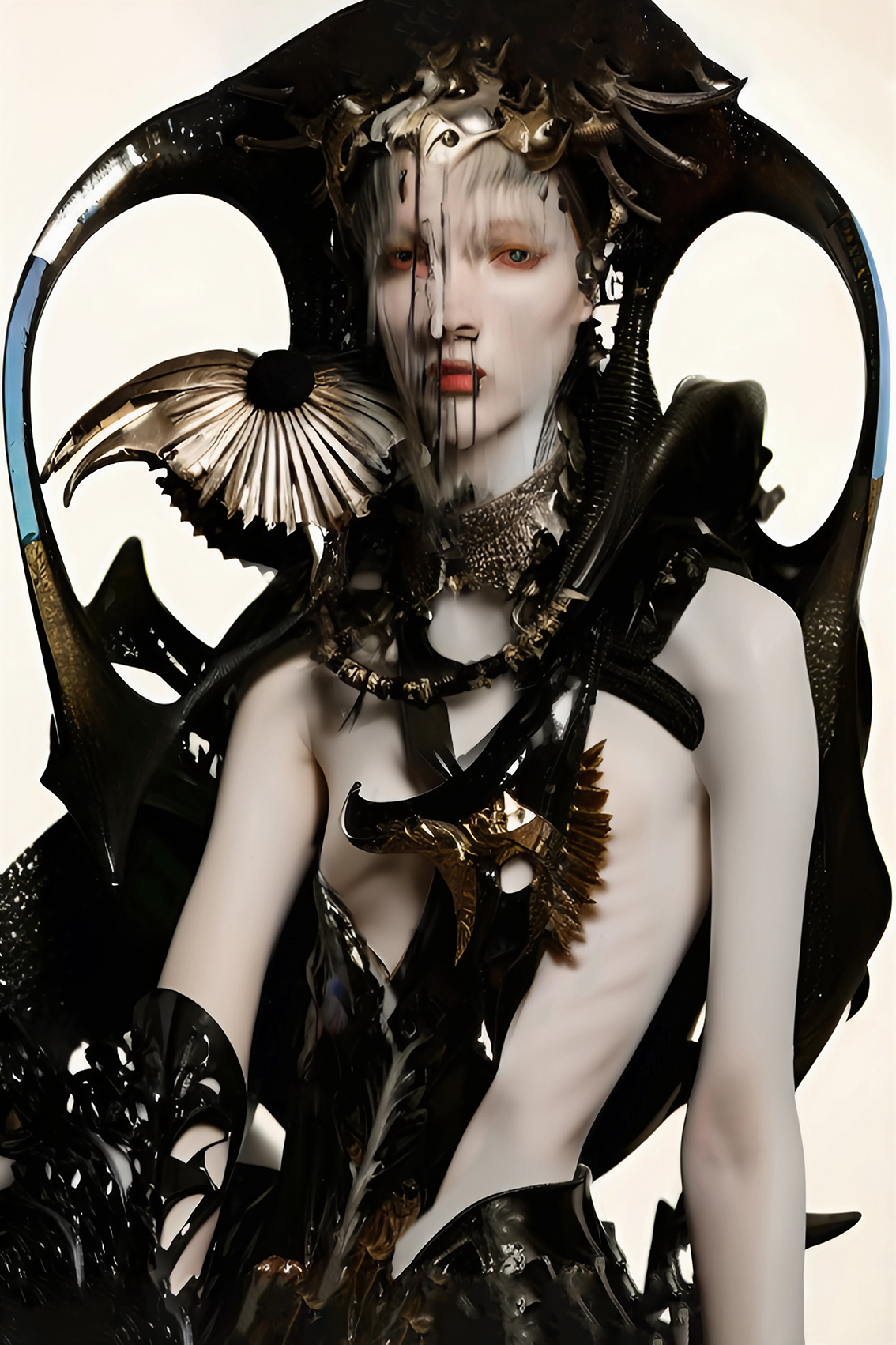
What themes do you pursue?
I’m drawn to themes that explore the interaction between the real and the virtual, the traditional and the modern. I often delve into the aesthetic processes of the present and how new cultural phenomena emerge. Additionally, I’m fascinated by the balance between irony and sincerity, pushing boundaries and embracing experimentation.
What’s your favorite artwork?
While I appreciate a wide range of artworks, I have a strong affinity for the works of Gustav Klimt. His use of textures, incorporation of gold, and exploration of sensuality align with my artistic preferences. Klimt’s ability to convey a wide range of emotions through his art deeply resonates with me. My favorite artwork is “Death And Life”, 1908 by Gustav Klimt.
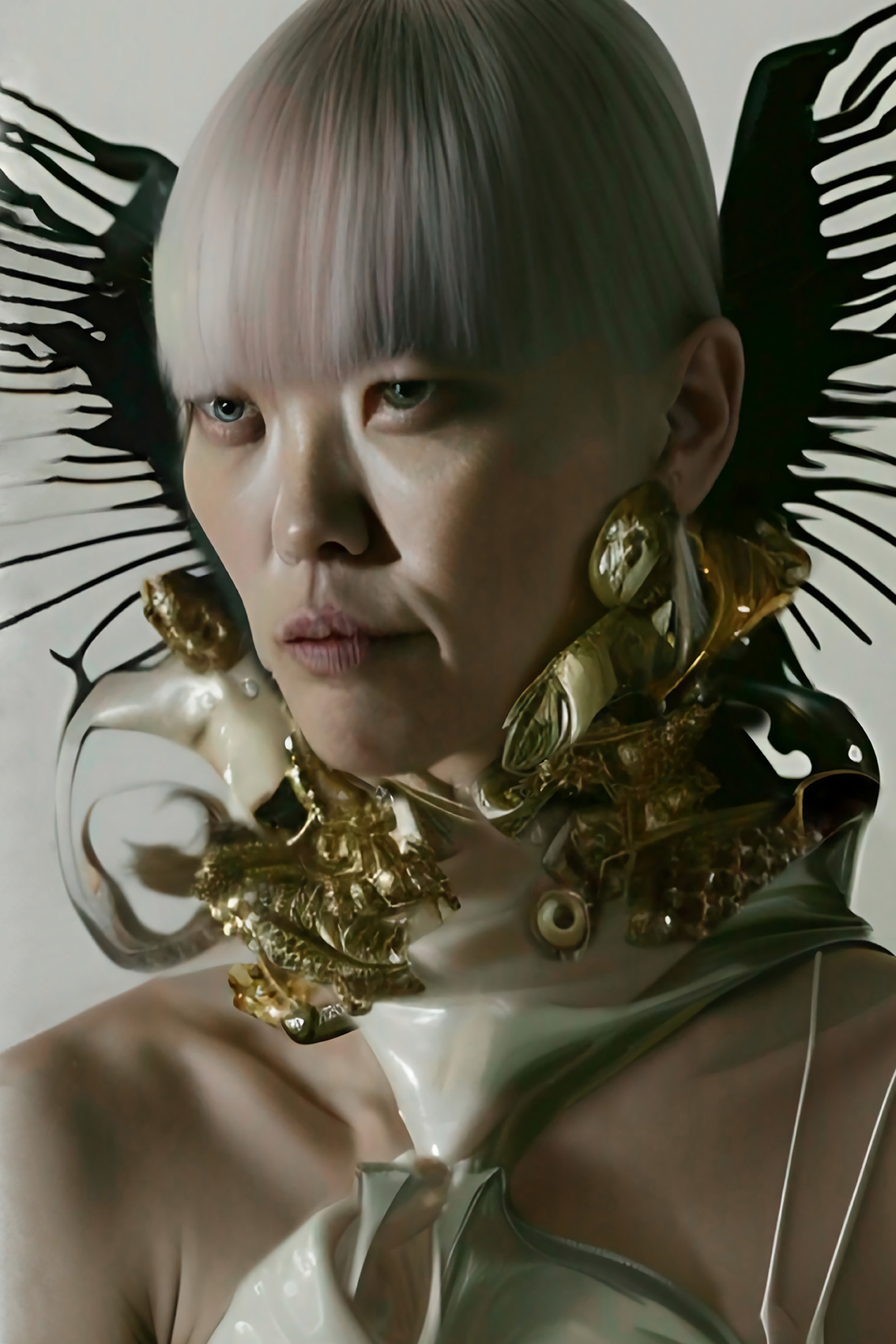
Describe a real-life situation that inspired you?
Moving from Russia to Germany and feeling a deep sense of belonging there inspired me to fully embrace my artistic calling. The newfound freedom and acceptance I experienced propelled me to declare myself as an artist and dive headfirst into this creative journey. The environment in Germany became a source of empowerment and influence for my work.
What jobs have you done other than being an artist?
Aside from my career as an artist, I’ve worked in fields such as architecture, interior design, and 3D design for print production. These experiences have enriched my perspective and contributed to my artistic development.
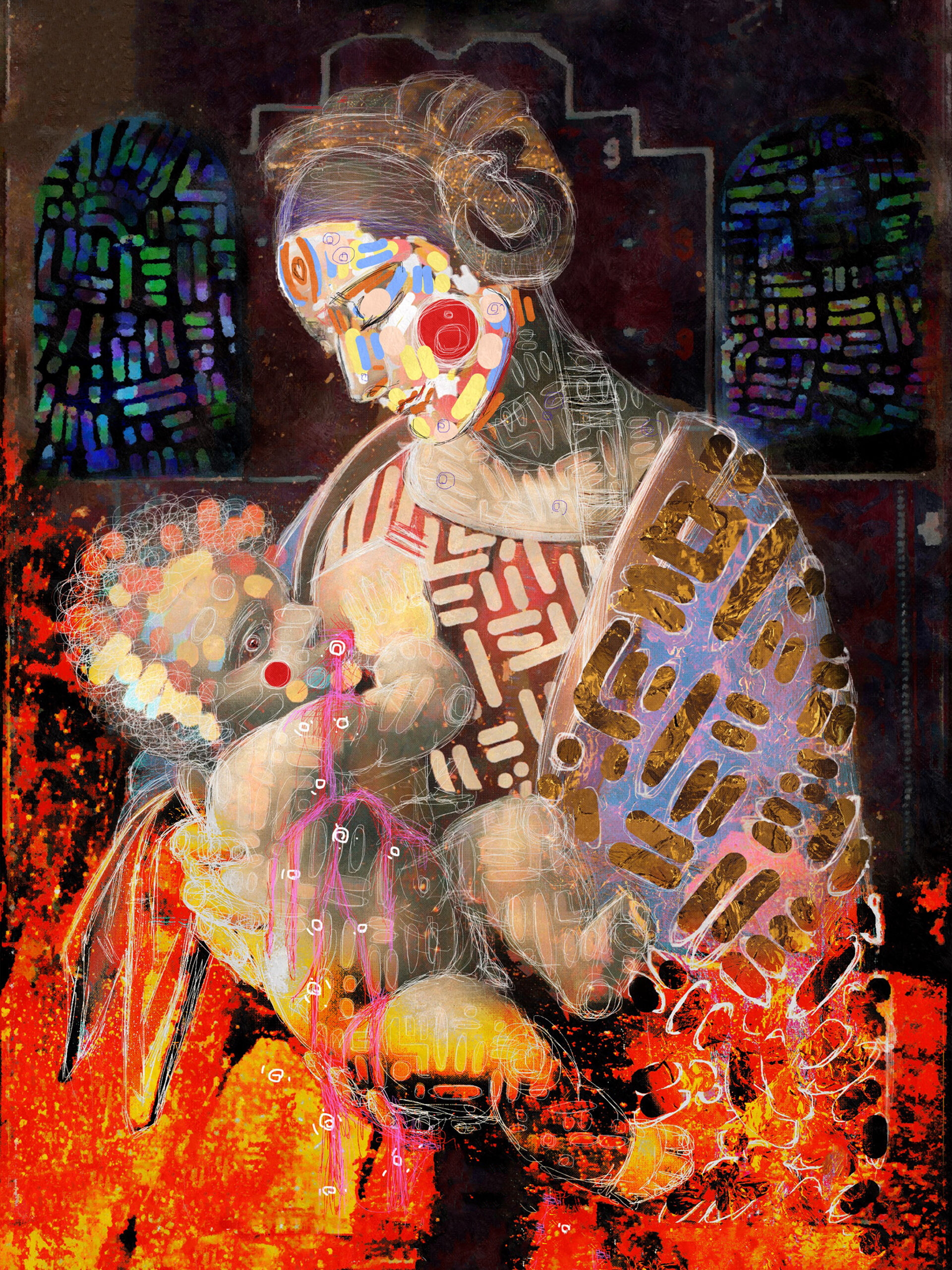
Why art?
Art is my means of translating emotions, observations, and experiences into a visual language that resonates with others. It’s a way for me to challenge norms, explore possibilities, and share my unique perspective on the world. Through art, I can communicate, inspire, and contribute to cultural discourse.
What is an artistic outlook on life?
An artistic outlook involves continuously seeking inspiration and meaning in the world around us. It’s about embracing curiosity, open-mindedness, and the willingness to see beauty in both the ordinary and the extraordinary. It’s an approach that values creativity, self-expression, and the exploration of diverse perspectives.
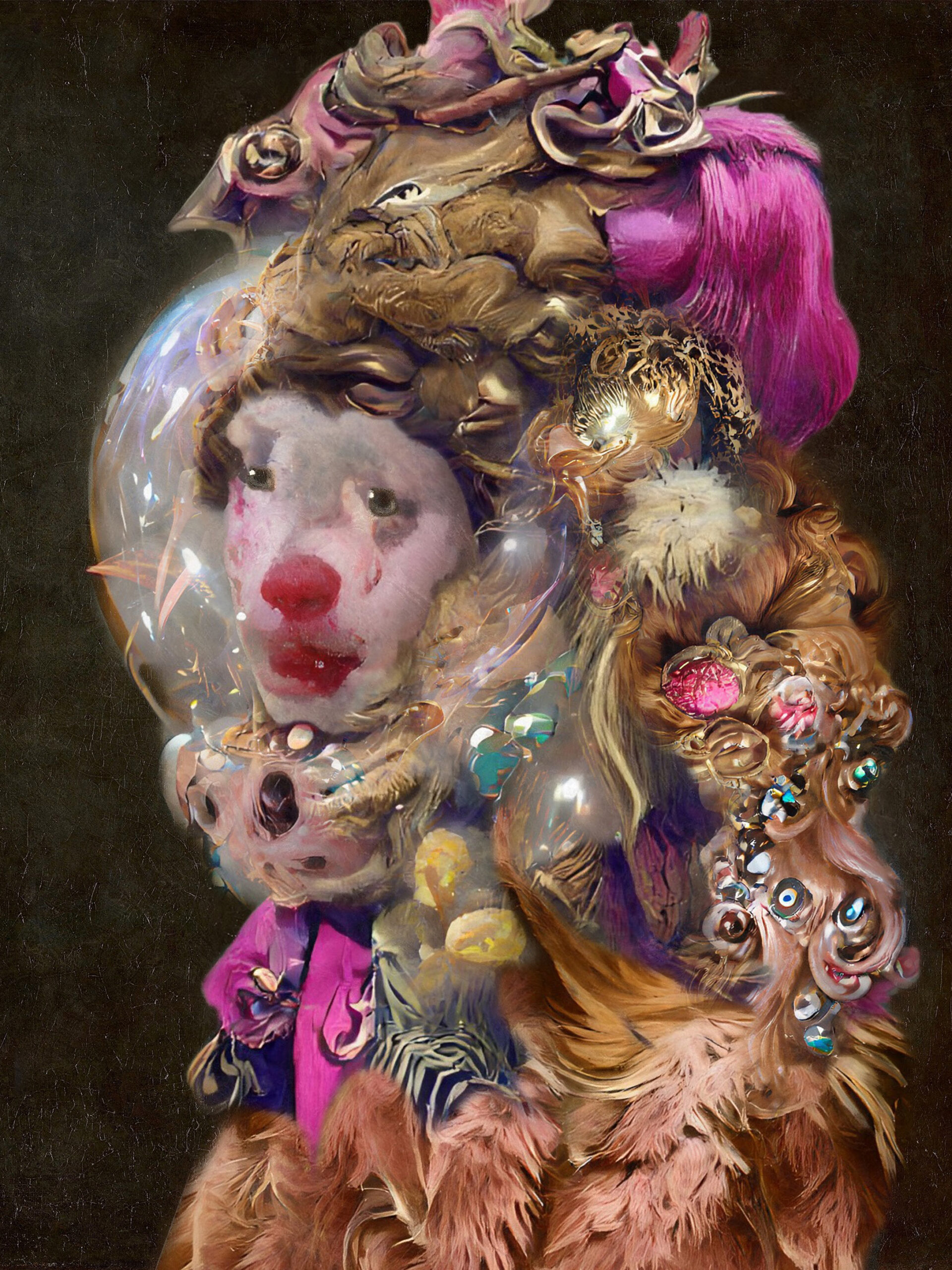
What memorable responses have you had to your work?
I’ve received various responses to my work, but what’s most memorable are the instances where my art has sparked conversations and reflections. When viewers connect with the themes I explore and engage in discussions about the balance between tradition and innovation, I feel a sense of accomplishment in provoking thought and emotion.
What food, drink, song inspires you?
There’s no specific food, drink, or song that consistently inspires me. Instead, I find inspiration in the diverse experiences and sensations that life offers. It could be the taste of a unique dish, the feeling of a cool breeze, or the mood conveyed by a particular song. I draw inspiration from the richness of life itself.
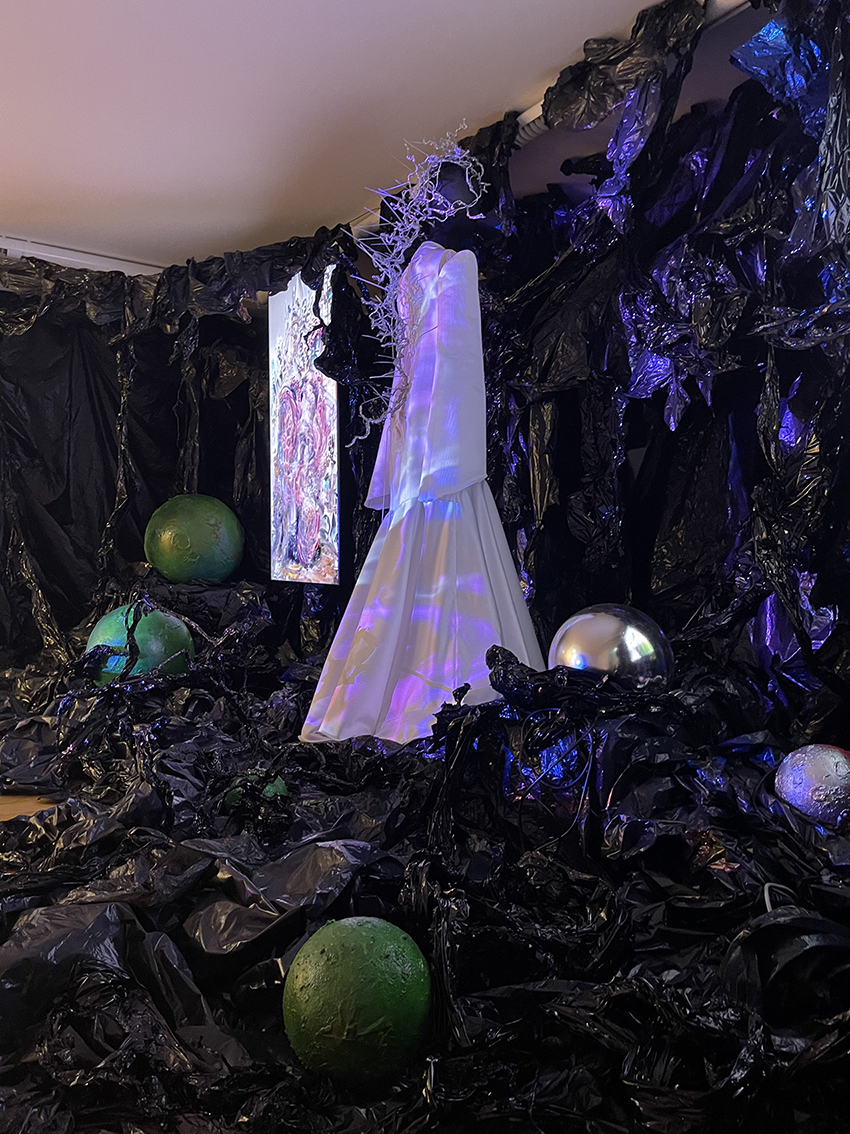
Is the artistic life lonely? What do you do to counteract it?
The artistic life can sometimes be solitary due to the intense focus required for creation. To counteract this, I actively engage with the artistic community through exhibitions, virtual events, and collaborations. Sharing experiences, exchanging ideas, and learning from fellow artists help alleviate any feelings of isolation.
What do you dislike about the art world?
I’m not particularly fond of the elitism and exclusivity that can sometimes permeate the art world. Art should be accessible and relatable to a broad audience, and rigid hierarchies can hinder the potential for art to provoke meaningful discussions and connections.
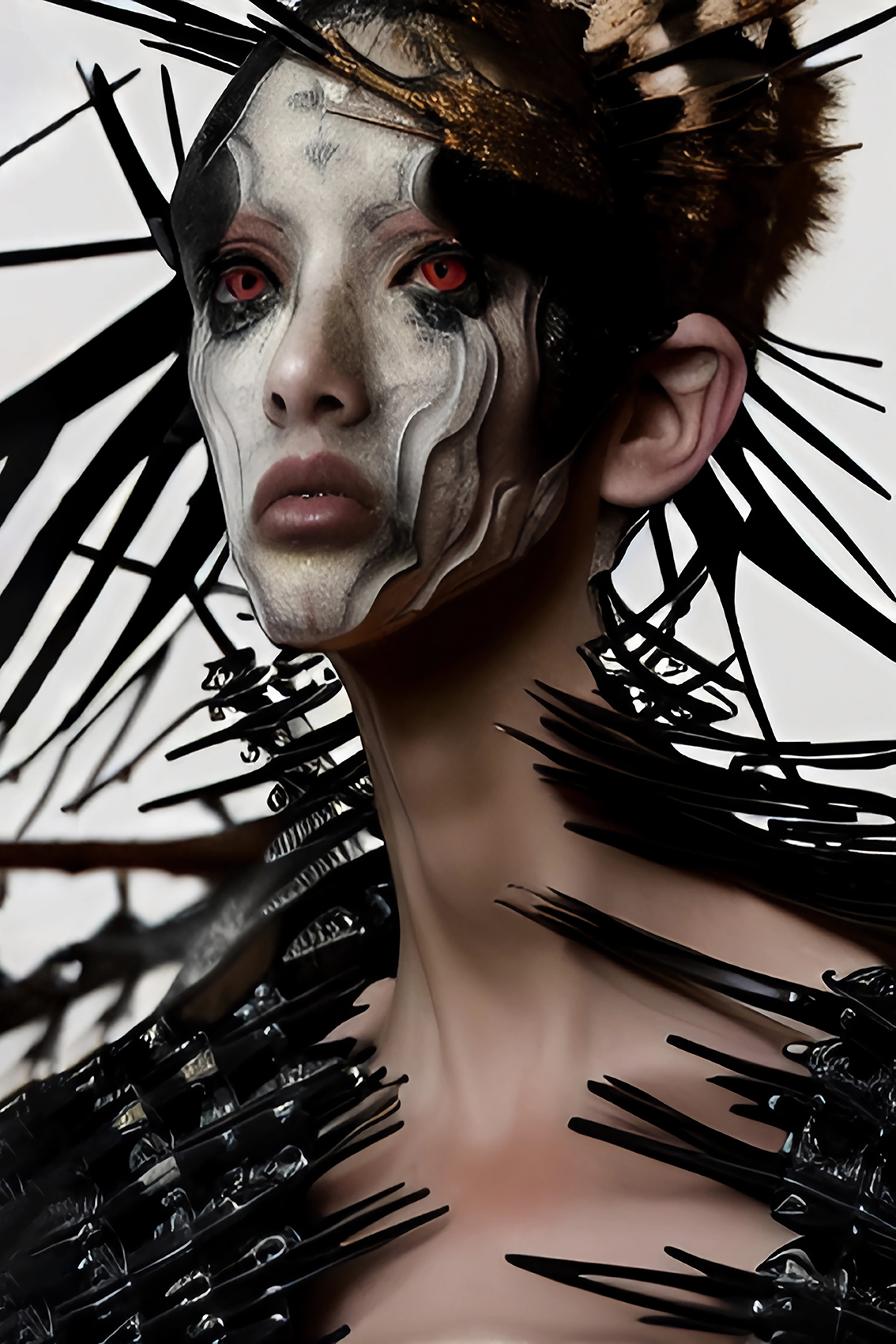
What do you dislike about your work?
While I’m proud of my work, there are times when I wish I could push the boundaries of creativity even further. Self-doubt occasionally creeps in, leading to moments of dissatisfaction. However, these challenges also motivate me to keep experimenting and evolving as an artist.
What do you like about your work?
I appreciate the freedom and flexibility that digital art provides. It allows me to seamlessly integrate various artistic elements, experiment with different techniques, and blur the lines between traditional and modern art. This versatility enables me to convey complex ideas in visually captivating ways.
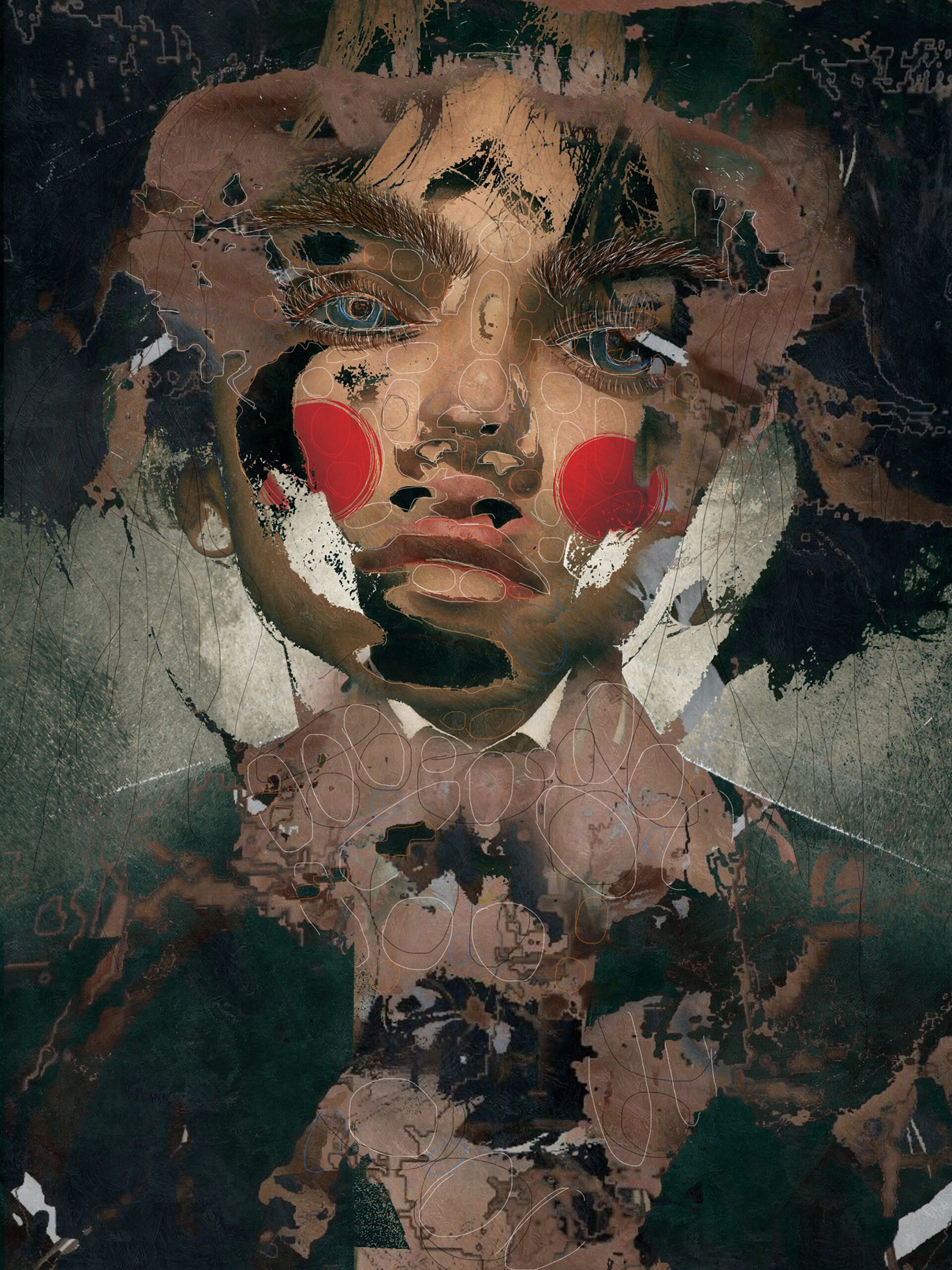
Should art be funded?
Yes, art should be funded to ensure that artists can continue their creative endeavors. Funding supports artists in dedicating time and resources to their work, leading to the development of innovative ideas and the enrichment of cultural landscapes.
What role does arts funding have?
Arts funding plays a crucial role in fostering creativity, diversity, and cultural dialogue. It enables artists to pursue projects, collaborate with peers, and engage with communities. Arts funding also contributes to making art more accessible to a wider audience, facilitating the exchange of ideas and perspectives.
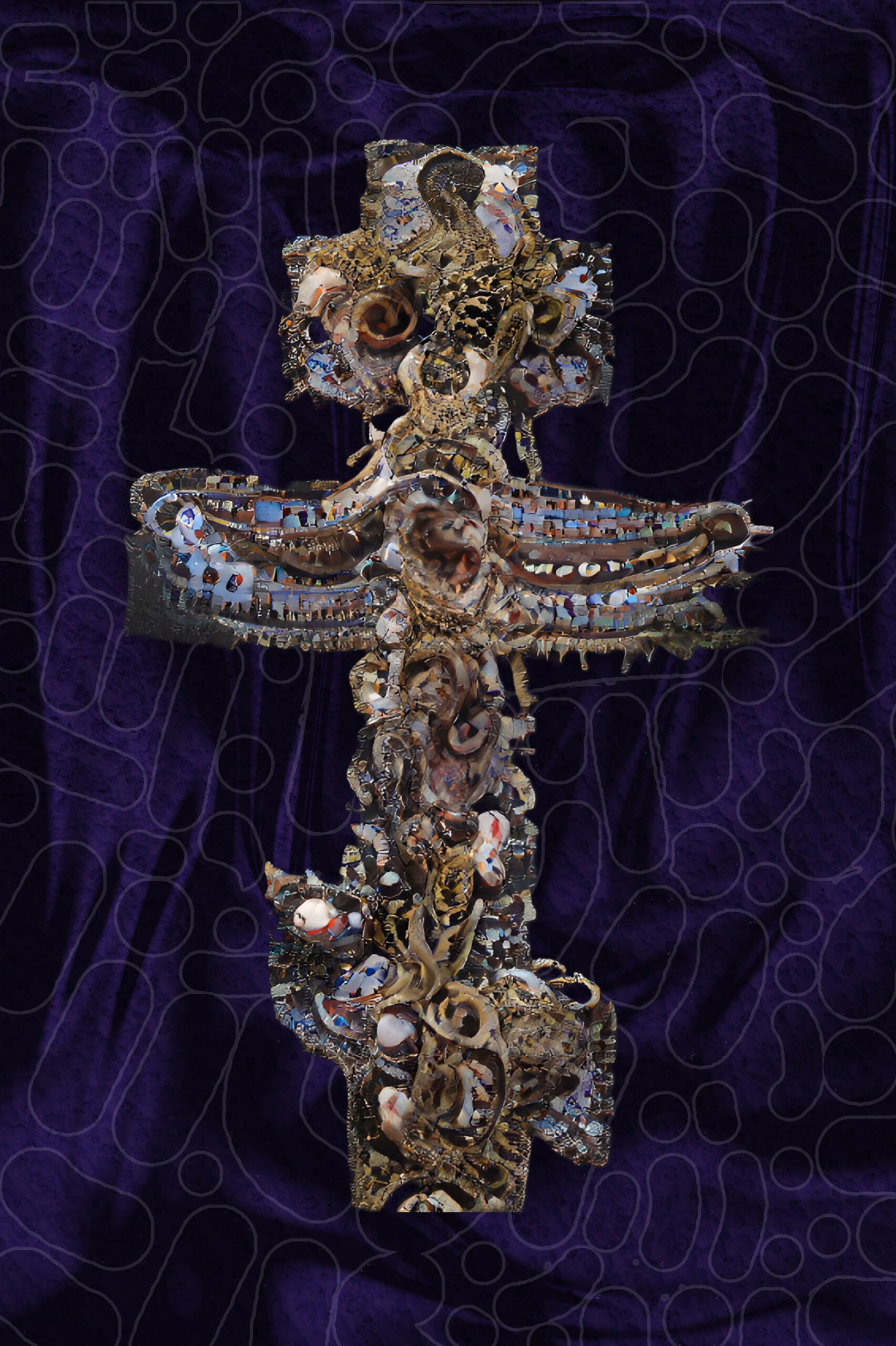
What is your dream project?
My dream project would involve collaborating with other artists, technologists, and researchers to explore the boundaries of digital art and its impact on society. It would be an immersive experience that blurs the lines between physical and virtual, inviting participants to engage with art in transformative ways.
Name three artists you’d like to be compared to.
While I strive to be unique in my artistic expression, I would be honored to be compared to Gustav Klimt for his sensuality, Marina Abramović for her thought-provoking performances, and Olafur Eliasson for his immersive installations that challenge perception.
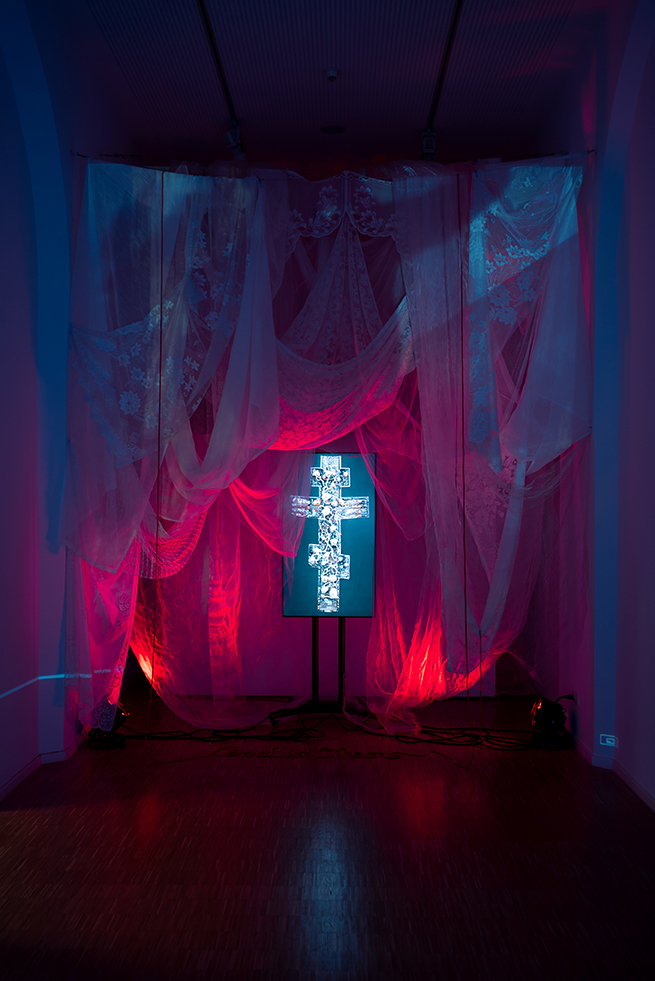
Favorite or most inspirational place?
Germany, where I found a sense of belonging and empowerment, remains one of my most inspirational places. The natural beauty, cultural richness, and welcoming atmosphere provide a constant source of inspiration for my work.
What’s the best piece of advice you’ve been given?
“Study styles from different eras, take an interest in the history of art, architecture, and costume, find your favorite materials and forms, and don’t be afraid to experiment and mix.” This advice encourages me to constantly learn, evolve, and embrace my artistic journey with curiosity and courage.
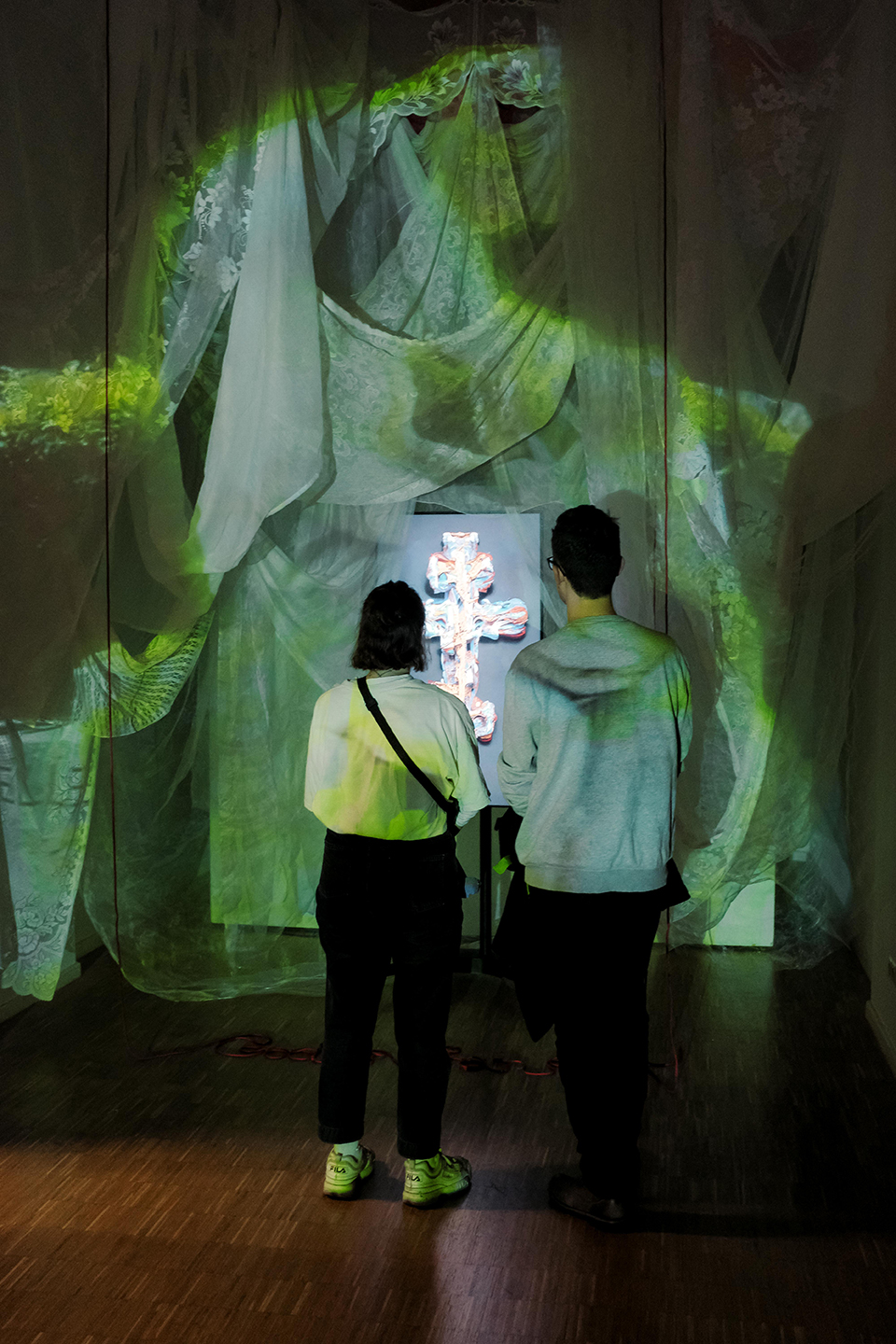
Professionally, what’s your goal?
My professional goal is to continue pushing the boundaries of digital art, exploring the intersection of traditional aesthetics and cutting-edge technology. I aim to contribute to the popularization of digital art, challenge societal norms, and engage in meaningful artistic dialogues.
What are your future plans?
I plan to further refine and expand my artistic practice, collaborating with fellow creators, and exploring new mediums and formats. I want to continue exhibiting my work on both physical and digital platforms, engaging with audiences and contributing to the ongoing evolution of art in the digital age.


